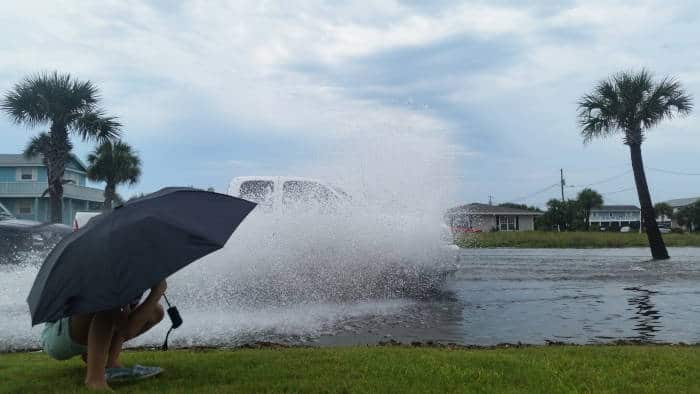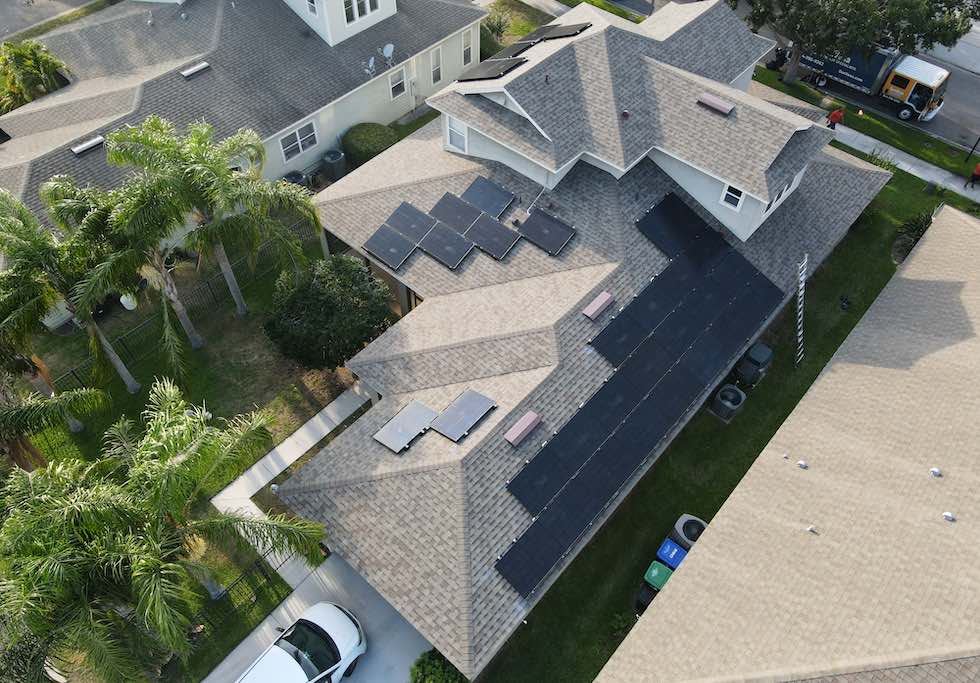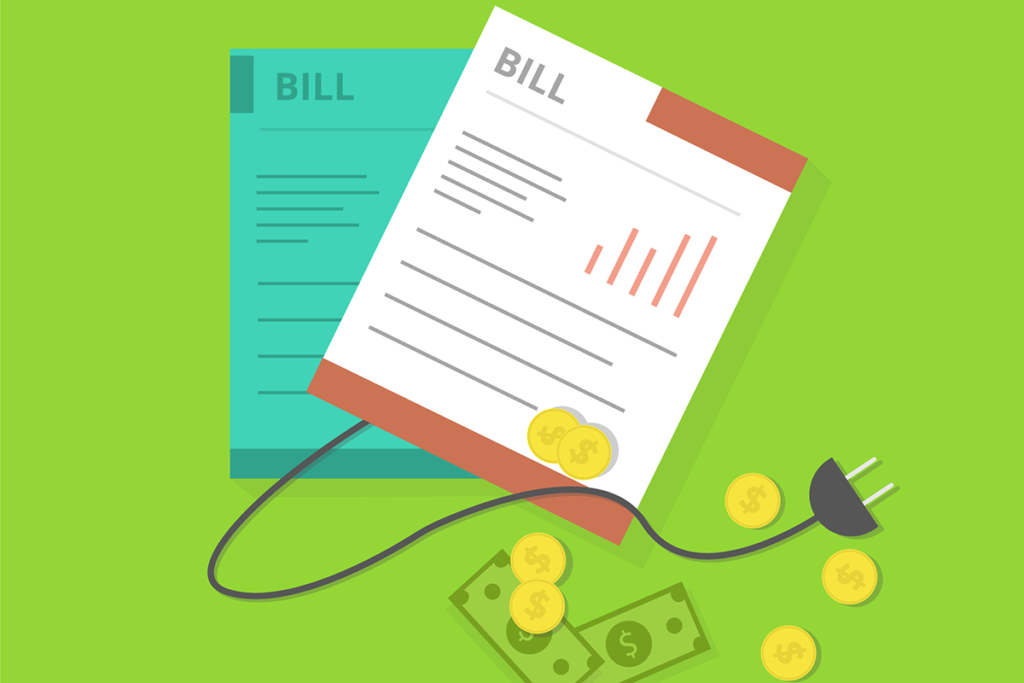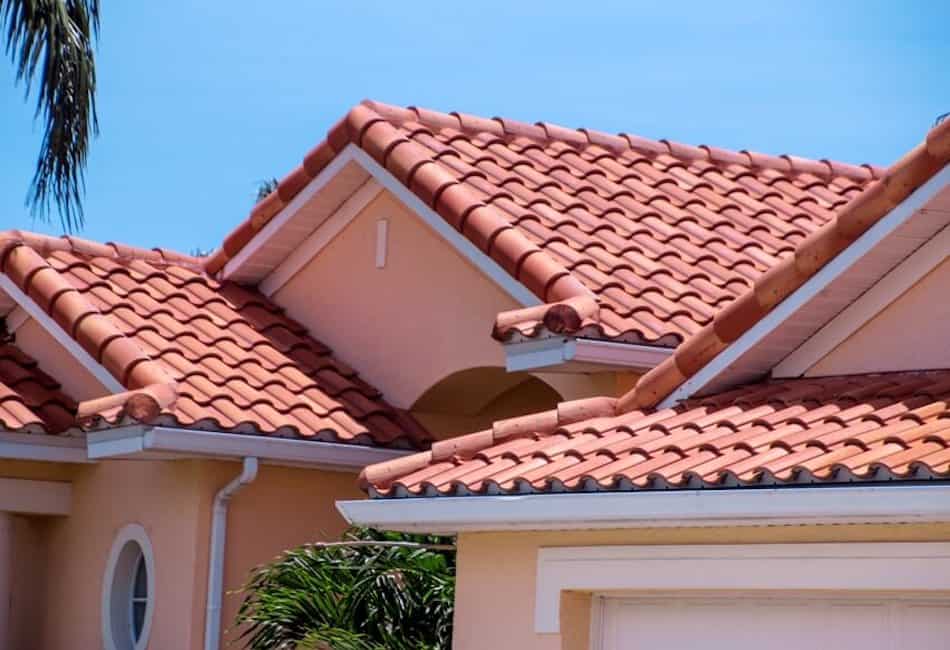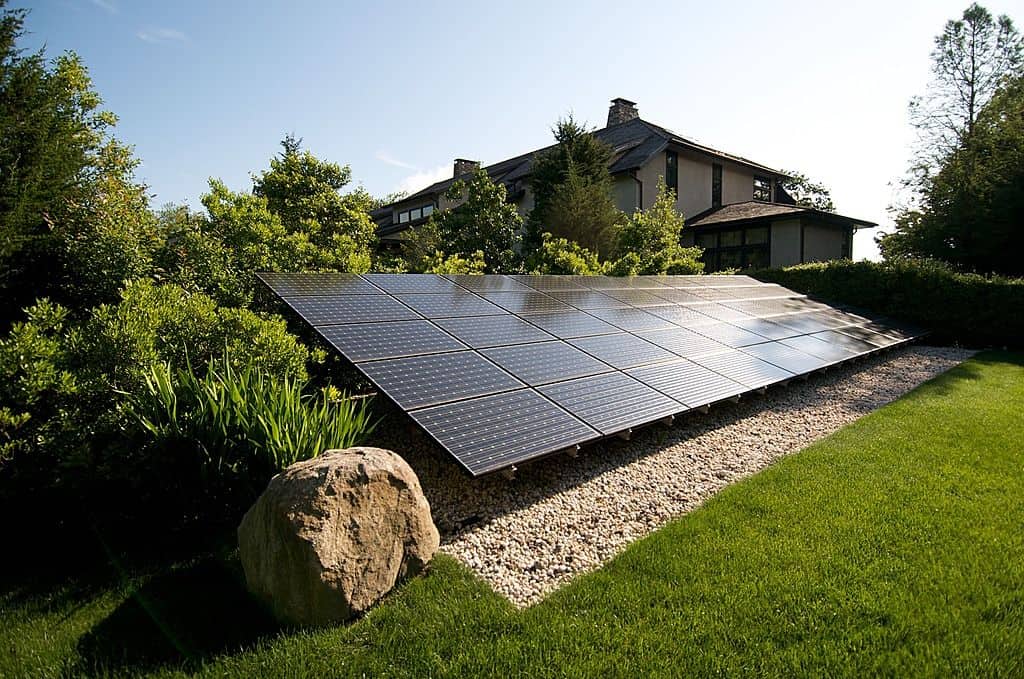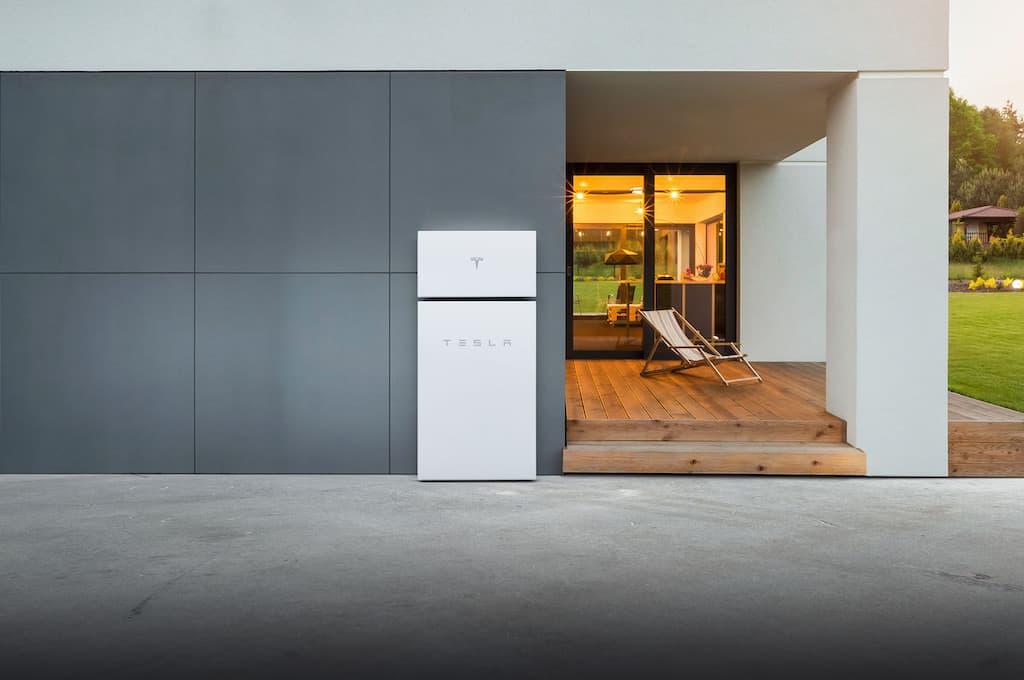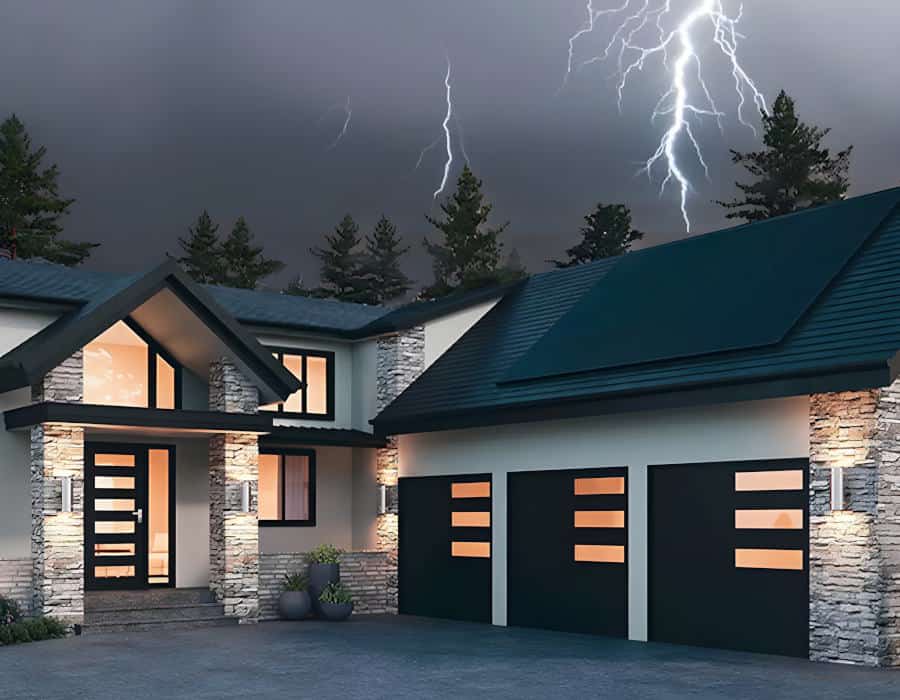
Hurricanes bring destructive forces of high winds, heavy rain, and storm surges. Coincidentally, hurricane-prone regions like the Florida coast are also more inclined to receive abundant sunshine, making them ideal geographic areas for the benefits of solar panels. If you’re exploring installing solar panels in a hurricane-prone area like Florida, durability is a significant concern. Here are the common considerations for solar panels in hurricane-prone areas, vulnerabilities, and preventative measures you should take.
Solar Panels and Hurricanes
Solar panels are engineered to withstand strong winds and heavy rainfall. However, hurricanes pose unique challenges due to their extreme nature. Winds exceeding 140 mph, heavy rain, flooding, and flying debris are the main concerns of installing solar panels in the places like Florida. Understanding how solar panels are designed and manufactured to survive these elements can give homeowners peace of mind.
Several crucial considerations must be evaluated when installing solar panels in hurricane-prone areas. First, it is essential to evaluate the property’s structural integrity to determine its capacity to withstand high winds and potential impacts. Additionally, local building codes and regulations specific to hurricane-prone regions should be followed, ensuring compliance with wind load requirements. Choosing reputable solar panel manufacturers and installers with experience securing hurricane-resistant systems is also paramount.
As Florida’s highest-rated solar panel installer, SunVena Solar’s team custom designs and installs every solar panel system using the latest industry-standard protective measures. This includes highly durable and hurricane-rated solar panels, reinforced mounting hardware, and specific angling techniques to help deflect wind. Moreover, each installation undergoes a rigorous inspection process to ensure all elements are secure and optimally positioned. Our team also adheres to state building codes and regulations that are designed for hurricane-prone areas, ensuring the highest levels of safety and resilience.
Can Solar Panels Survive Hurricane Winds?
For solar panels in hurricane-prone areas, high winds can exert tremendous force on the panels, adding concern for the potential for bending or detachment from their mounts. In addition, flying debris propelled by strong winds can impact solar panels, making potential cracks and destruction of materials a reasonable concern.
Hurricane-rated solar panels are engineered to withstand the intense weather conditions and forces associated with hurricanes. These specialized panels undergo rigorous testing and certification processes to ensure their durability and performance in extreme weather events. They are constructed with reinforced materials and additional reinforcements to resist high winds, strong rainfall, flying debris, and heavy impacts.
Solar Panel Wind Resistance Standards
In the case of hurricane-force winds, the structural integrity of solar panel systems is of utmost importance. Solar panels are designed and installed to withstand very high wind loads. In many parts of Florida, building codes require any solar installation to be designed to stand up to 160 MPH winds. This involves selecting panels and components that meet industry standards for wind resistance established by the International PV Quality Assurance Task force (PVQAT) and local building codes. Secure mounting of solar panels is crucial. Properly engineered mounting structures should be used to ensure components are firmly attached to the roof or ground with robust fasteners to prevent dislodgement or damage to the solar panels during or after a hurricane.
Anchoring and Reinforced Mounting Systems
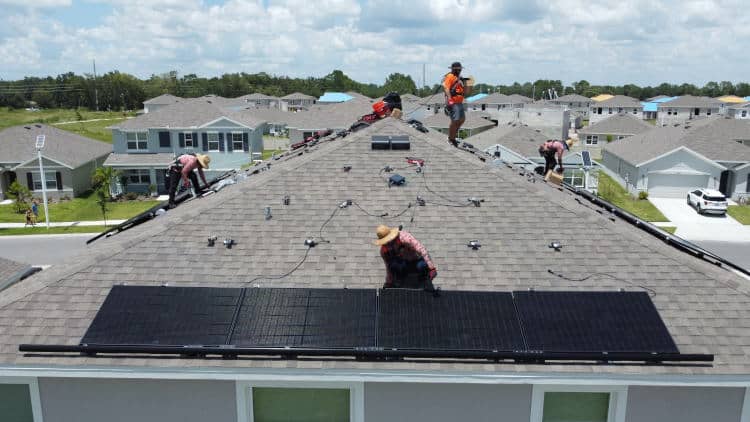
Proper anchoring and reinforced mounting systems are vital to fortify solar panel installations against the powerful forces exerted by hurricanes. Anchoring systems should be specifically designed to resist uplift forces and lateral movement caused by high winds. Installers use ballasted or penetrating anchors that enhance stability and prevent panels from being lifted or shifted during a storm. Reinforced mounting systems, such as hurricane clips or additional support brackets, provide added strength and durability. Implementing these measures significantly reduces the risk of structural failure or panel detachment, ensuring the longevity of the solar panel system.
Impact-Resistant Glass and Durable Framing Materials
One of the key features of hurricane-rated solar panels is the use of impact-resistant glass. This glass is designed to withstand the impact of debris propelled by high winds, reducing the risk of cracks or shattered panels. Additionally, durable framing materials, such as reinforced aluminum or steel, are employed to enhance the structural integrity of the panels. These materials provide added strength and stability, minimizing the chances of cracked glass or the destruction of materials.
Solar Panels and Heavy Rain, Flooding, and Storm Surge
Heavy rainfall poses another challenge: excessive water infiltration can result in electrical short circuits, corrosion, or water damage to critical components. These potential damages not only affect the efficiency of the solar panels but can also pose safety hazards during and after the storm.
Solar Flashing
Proper installation will use solar flashing, a protective barrier that seals the gaps between solar panels and the roof or mounting structure. Its primary function is to prevent rainwater from infiltrating the sensitive areas of the solar panel system. During hurricanes or intense rainfall, flashing is designed to prevent heavy rains from seeping into gaps and causing electrical shorts, corrosion, or damage to vital components.
Solar flashing is made of durable materials designed to withstand the forces of hurricanes and prevent water penetration. It is installed around the perimeter of the solar panels, creating a watertight seal and diverting rain away from critical areas. The flashing also helps to protect against wind-driven rain that can enter from the sides or beneath the solar panels. This protective measure helps preserve the longevity and performance of the system, ensuring optimal energy generation even in the face of severe weather conditions.
Storm Surge Protection to Solar Panels After a Hurricane
In addition to heavy rainfall, hurricanes often bring storm surges and flooding, especially in coastal regions. Storm surge occurs when hurricane-force winds push seawater inland, resulting in substantial flooding. This poses a risk to solar panel systems installed at ground level or low-lying areas. Floodwaters can submerge the panels, damage wiring and inverters, and introduce corrosive elements that affect long-term functionality. Ensuring proper waterproofing and elevating solar panels above potential flood levels are essential strategies for minimizing the impact of storm surges and flooding.
Waterproofing and Secure Electrical Connections
It is essential to employ robust electrical connections, including secure junction boxes and weatherproof enclosures, to protect against moisture infiltration and potential short circuits. Waterproofing measures, such as sealing connections and using specialized adhesives, also help prevent water damage and corrosion. If you live in a low-lying area or flood zone, be sure to ask your installer what precautions can be taken to eliminate the risk of water damage from flooding or storm surges.
Solar Panel Installation in Hurricane-Prone Regions
Selecting a reputable installer should be a high priority for homeowners exploring solar energy for their homes. After all, it is an investment that should work properly for decades. Key considerations for homeowners in hurricane-prone regions are warranties, maintenance, and repairs.
Post-Storm Inspections and Necessary Repairs
Regular professional inspections are essential for solar panels in hurricane-prone areas. Trained technicians can identify signs of wear, damage, or compromised components that may jeopardize the system’s integrity. Inspections typically involve thoroughly examining the panels, electrical connections, mounting structures, and weatherproofing measures. If any issues or vulnerabilities are detected, necessary repairs can be promptly undertaken to address them. This proactive approach helps prevent further damage and ensures the system’s resilience against the forces of hurricanes.
Guidance on Routine Maintenance and Cleaning
Routine maintenance is important for your solar panel system’s ongoing performance and efficiency. Regularly scheduled cleaning is necessary to remove accumulated dirt, dust, and debris that can hinder the panels’ ability to capture sunlight effectively. This can be done using gentle cleaning solutions, soft brushes, or low-pressure water sprays. Maintaining a clear and unobstructed path around the panels also allows for optimal sun exposure. Routine inspections should also include checking the integrity of electrical connections, verifying proper system grounding, and monitoring overall performance.
Installing Solar Panels in Hurricane-Prone Areas
Installing solar panels in hurricane-prone areas requires careful planning, adherence to building codes, and the use of hurricane-rated equipment. By investing in hurricane-rated solar panels with impact-resistant glass, durable framing materials, and reinforced mounting systems, homeowners can ensure the longevity and performance of their solar panel systems. Adequate waterproofing measures and secure electrical connections safeguard the panels against heavy rain, flooding, and storm surge, giving homeowners peace of mind during and after a hurricane.
Regular professional inspections, necessary repairs, and routine maintenance are essential to maintain optimal performance and address any vulnerabilities. When considering solar panels in hurricane-prone areas like Florida. Homeowners should choose a reputable solar installer who understands the unique challenges and requirements of installing solar panel systems in the area. By following these guidelines, homeowners can benefit from solar energy while mitigating the risks associated with hurricanes and severe weather, providing sustainability and resilience to their homes.
If you want to explore solar energy options for your Florida home, contact SunVena Solar, the top-rated solar panel company in Florida. Our experienced team can help you assess your solar potential and design a customized solar energy system that meets your needs. Make the switch to solar energy today with SunVena.
FAQs
Q: Can solar panels withstand hurricanes?
A: Yes, Hurricane-rated solar panels are engineered to withstand hurricanes’ intense forces and conditions.
Q: Are solar panels hurricane-proof?
A: Solar panels are not hurricane-proof but can withstand hurricanes’ damaging effects when hurricane-rated solar panels and proper mounting and installation techniques are used. At SunVena Solar, our solar panel system installations are designed to last for decades and survive Florida weather conditions.
Q: Are there any government regulations regarding solar panels and hurricanes?
A: Yes, the International PV Quality Assurance Task Force (PVQAT) establishes the standards for solar panel manufacturing, and the local government establishes the building code requirements for your region.
